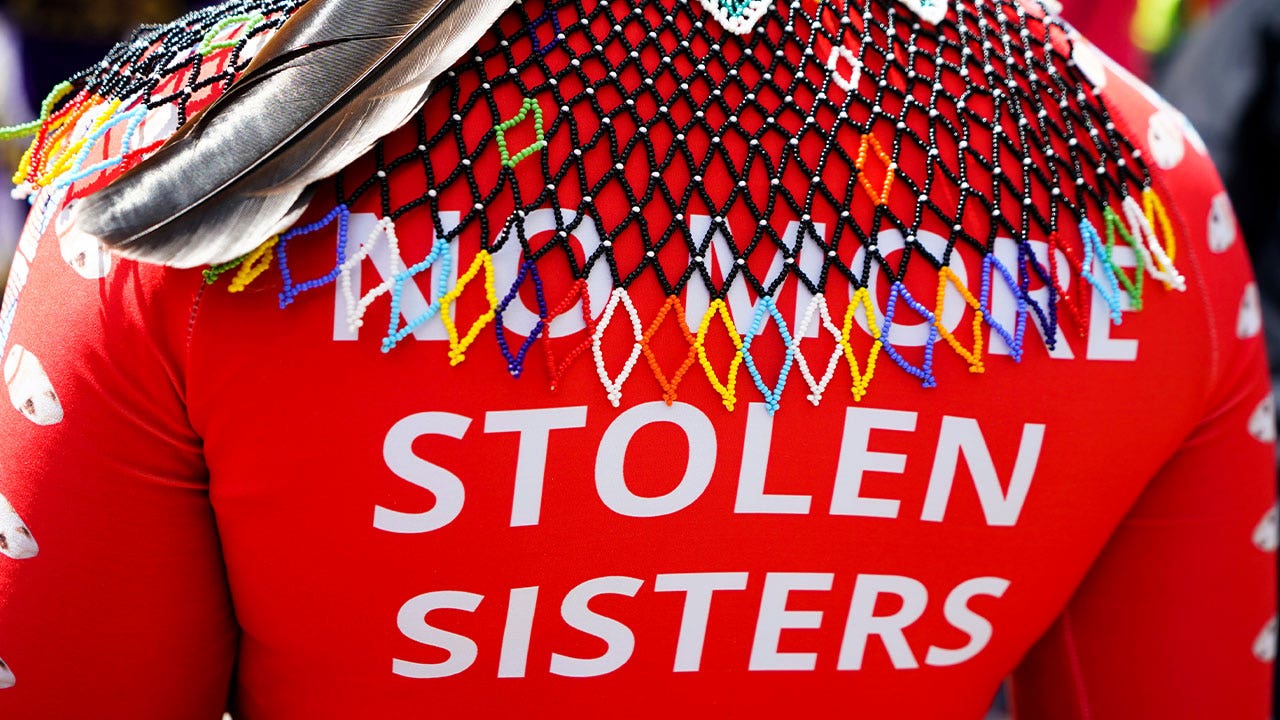Global Courant 2023-05-09 23:27:16
A New Mexico task force tasked with tackling missing persons cases involving Native Americans is working with investigators in Nebraska on a data collection project they hope will close the gaps when it comes to tracking cases and their outcomes in the entire country.
The goal of the federally funded effort is to better define the scope of what many experts and activists call a “silent crisis.” Work began last week, said Melody Delmar, special projects coordinator at the New Mexico Indian Affairs Department.
One of the challenges faced by policy makers across the Indian country has been the lack of a consistent and sustainable system for reporting and tracking such cases. Researchers at the University of Nebraska-Omaha will use a model first developed for that state to address data collection across multiple law enforcement jurisdictions.
CALIFORNIA MAN DRIVES TO UTAH TO SHOOT AND KILL ALIEN BROTHER
It wasn’t until last year that the FBI began publishing a list of missing Indigenous peoples in New Mexico and the Navajo Nation. It took six months to compile that list by validating several databases, and Delmar said this next phase of research will build on those efforts and help guide future policymaking.
“As we work at the higher levels of government and at my level – ground level policy work – we know people are still missing. So we are moving full steam ahead,” she said.
The U.S. Department of Justice’s Research and Evaluation Division is funding the New Mexico project with a grant worth nearly $250,000. In all, the National Institute of Justice awarded six grants totaling nearly $5 million for research that could help reduce violence against women.
Indigenous families, activists and advocacy groups gathered last Friday and over the weekend to raise awareness of the disproportionate number of members of the tribal community who are missing or killed in North America. While previous studies have shown that murder and violence rates are exponentially higher for Native Americans and Alaska Natives, the number of missing and murdered Native women remains unknown.
A protester wears a shirt that reads “No more stolen sisters” at a rally for missing and murdered Indigenous women, people and families May 6, 2023 in Seattle. A team from New Mexico and researchers from Nebraska are collaborating on a data collection project to better track cases of missing Indigenous peoples. (AP photo/Lindsey Wasson)
A 2022 congressional investigative report highlights jurisdictional overlaps between tribal, local, state, and federal police forces as a major challenge beyond the lack of data.
In New Mexico, the State Department of Public Safety became the first agency in the United States to allow reporting agencies to identify indigenous peoples and their respective tribes, pueblos, or nations. That was made possible when the department modified its National Crime Information Center.
Delmar and others working on the issue say the next step for New Mexico will be to consider a warning system for when Indigenous peoples go missing, such as systems being developed in California and now Oklahoma.
WOMAN IN COLORADO WHO BLAMES ‘PSYCHOTIC CRACK’ FOR MURDER OF 11-YEAR-OLD STEPSON SENTENCED TO LIFE
“It’s about identifying what other missing pieces are there,” she said. “And I think that’s an important part, when we’re done going through the research, that will help determine what kind of effective legislation we can improve and work on.”
Nationally, the Urban Indian Health Institute distributed $1.2 million in grants last fall for groups to implement best practices for collecting data on American Indians and Alaska Natives. The institute calls the effort “decolonizing data,” as imprecise categorization and racial misclassification have led to undercounting when it comes to the representation of social, economic, and health measures.
Proponents say this has led to fewer resources being given to indigenous communities.
CLICK HERE TO GET THE FOX NEWS APP
In New Mexico’s largest judicial agency, no additional resources are funneled to prosecutors to work on missing and murdered indigenous persons, or MMIP, cases. Still, Bernalillo County District Attorney Sam Bregman said the office has dedicated two staffers to review as many cases as possible. The special unit has been able to locate five people since its formation in December 2021, he said, but 28 remain on the list.
“This is a work in progress and we are getting better at it,” he said. “And I think from what I’ve seen, the federal agencies involved are getting better at it as well.”
Denise Billy and Kayleigh Otero begin work in the District Attorney’s office after cases are reported to the police. They review the files and build profiles that include the missing person’s daily routine, who they’ve been associated with, and any other details the family can provide – even the tiniest details.
“That’s something me and Denise think about the most: just dig really deep,” Otero said. “It’s important work and it’s work we’re committed to. We don’t just turn it off when we go home.”






